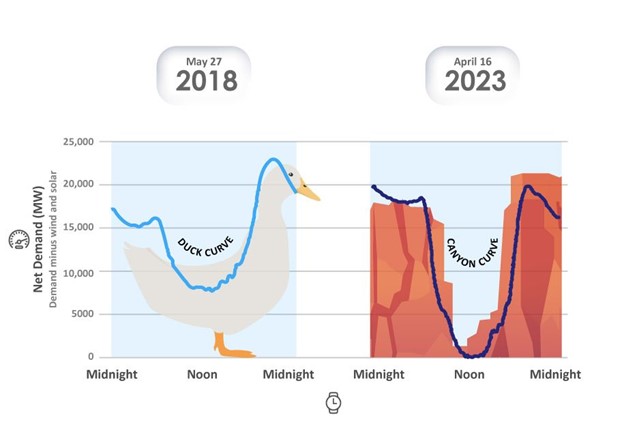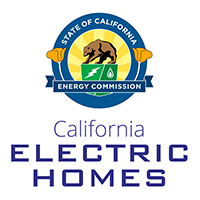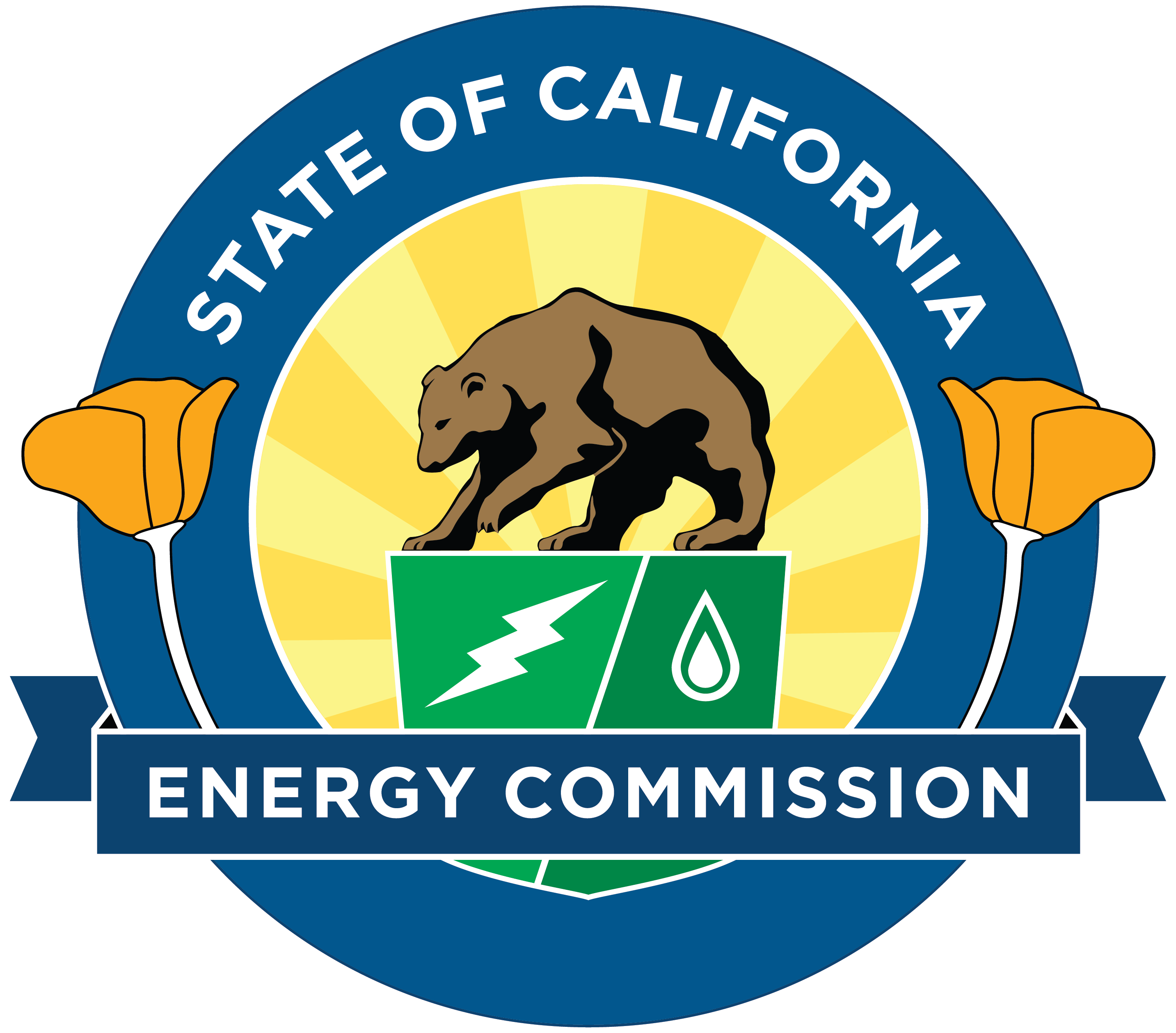Energy storage adoption is accelerating quickly in California and elsewhere, and there’s good reason for this. Energy storage systems provide customers with backup power during power outages caused by extreme weather, public safety power shutoffs intended to reduce wildfire risk, and other electric outages. They also allow consumers to use more of their own solar generated power.
Home energy storage systems can save consumers money over time, by storing lower cost energy during the day, and allowing them to use that energy when it would be more expensive to purchase it from their local electric utility. Declining costs for energy storage systems, and federal and state incentives like those offered by California Electric Homes (CalEHP) are continuing to make energy storage systems more cost effective for consumers.
When California consumers adopt home energy storage, it can benefit both the residents of an individual property and the electrical grid. Solar energy availability increases during the day but is not available to the home or the electric grid when the sun goes down and energy demand increases. Energy demand increases in the evening as people are at home cooking meals, watching tv, and using other electric appliances. Home energy storage systems across California can work together like a big battery that stores excess solar power generated during the day and release it in the evening to reduce grid stresses and energy costs during peak evening hours.
The “duck curve” below demonstrates issues created by high amounts of solar energy. The back of the duck curve decreases during the day as net demand on the grid is offset by solar production and increases as night falls. These drastic changes in the net demand for electricity impact the price of electricity. To make matters more challenging, the “duck curve” is slowly becoming the “canyon curve,” and there are now certain times of year when there is more solar energy being produced than is used by consumers. By storing this energy in energy storage systems and using it later in the day, high afternoon electricity prices can be mitigated, and the grid can integrate more solar energy than it otherwise could.

Photo credit: EPRI
While energy storage systems benefit both individual customers and the local electric grids, financially vulnerable consumers can be left behind. That’s why CalEHP provides increased incentives to projects located in disadvantaged communities and hard-to-reach locations. This allows a wider spectrum of potential adopters to benefit from the resilience and cost savings that can result from energy storage ownership. Builders and developers interested in taking advantage of this program are offered no-cost technical assistance from EPRI and other CalEHP program partners.
CalEHP program partner EPRI provided content for this blog.
EPRI is excited to play a collaborative role in the California Electric Homes Program (CalEHP). Energy storage can deliver multiple services supporting a variety of stakeholders: it can serve as a flexibility and reliability resource for grid planners and operators, provide reserve and ancillary services for bulk system operations, and support reliability and resiliency to end customers. As California transitions away from fossil fuels, energy storage is allowing the State to integrate and use more renewable energy than before.
For more than five decades, EPRI’s team of scientists and engineers have worked with energy companies, government agencies, and technology developers to accelerate the adoption of new energy storage technologies. Founded in 1972, EPRI is an independent non-profit energy research, development, and deployment organization. EPRI conducts extensive collaborative research programs that help drive innovation to ensure clean, safe, reliable, affordable, and equitable access to electricity across the globe. The institute collaborates with hundreds of organizations representing the energy sector, academia, and governments, in 45 countries around the world.
June 19, 2024


